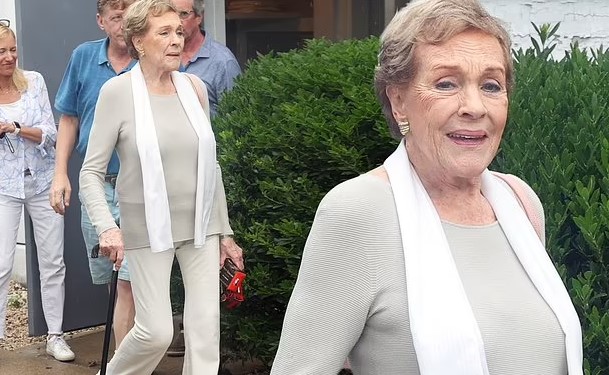
Julie Andrews Fan Mail Address:
Julie Andrews
Greengage Productions, Inc.
P.O. Box 657
Fairfield, TX 75840-0011
USA
Address Info:
Greengage Productions, Inc.
(Production Company)
P.O. Box 657
Fairfield, TX 75840-0011
USA


Julie Andrews
Greengage Productions, Inc.
P.O. Box 657
Fairfield, TX 75840-0011
USA
Greengage Productions, Inc.
(Production Company)
P.O. Box 657
Fairfield, TX 75840-0011
USA